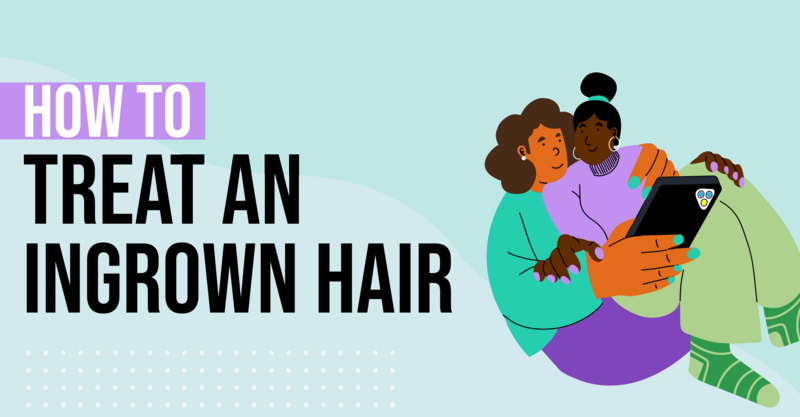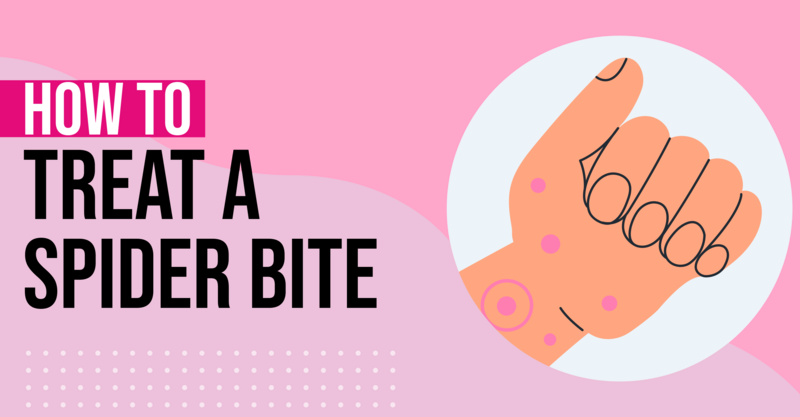Key Points
- The article provides a comprehensive guide on identifying and treating various types of cuts, including puncture wounds, lacerations, and abrasions.
- It highlights the importance of understanding the type of cut to determine the correct treatment, and offers a detailed first aid guide for minor cuts.
- The article outlines when to call 911 for a cut, such as severe bleeding, suspected internal bleeding, cuts on the stomach or chest, uncontrollable bleeding, or blood spurting from the wound.
- It also advises when to seek medical attention for a cut, including deep wounds, wounds with jagged edges or gaping open, cuts on the face, cuts with unremovable dirt or debris, signs of infection, numbness around the wound, red streaks around the wound, and wounds resulting from animal or human bites.
If you or someone close to you has a cut (also known as a laceration) it is important to know how to take care of it and when to get medical attention. Many minor cuts can be taken care of with first aid at home, but some deep cuts may need stitches. In either case, first aid is important to help stop any bleeding and to help prevent infection. Before we get to the first aid bit, it's important to identify the type of cut you’re dealing with—this will help determine if you need to seek medical care immediately.
Types of Cuts
There are three main types of cuts, according to the Mayo Clinic:
- Puncture - Puncture wounds are usually caused by a sharp and blunt object piercing the skin (like a nail or needle).
- Laceration - Lacerations are tears in the skin that things like knives or glass can cause.
- Abrasions (scrapes) - Abrasions or scrapes occur when the skin is scraped or rubbed against a rough surface (such as asphalt or concrete).
Identifying the type of cut you have is important because it will help determine the type of treatment you need. Punctures, for example, can be dangerous because they can introduce bacteria deep into the skin. This can raise your risk of infection, according to the Mayo Clinic. The Mayo Clinic also notes that lacerations may require stitches or surgical glue to properly close the wound and help lower your risk of scarring. Abrasions may need to be cleaned thoroughly to prevent infection and promote healing.
First Aid for Cuts
For minor cuts, the Mayo Clinic recommends the following first aid:
- Wash your hands - This will help you avoid introducing bacteria that may cause an infection.
- Stop the bleeding - Minor cuts and scrapes usually stop bleeding on their own, according to the Mayo Clinic. If needed, they recommend that you gently press directly on the wound with a clean bandage or cloth. You should also raise the area of injury above heart level until the bleeding stops, they note.
- Clean the wound - Once the bleeding has stopped, the Mayo Clinic recommends that you rinse the wound with water (keeping the wound under running water for a couple of minutes will lower the risk of infection, they note). After flushing out the wound, the Mayo Clinic suggests washing around the wound with soap (try not to get soap in the wound). The Mayo Clinic also cautions that you avoid using hydrogen peroxide or iodine as both can irritate wounds. The final step in cleaning the wound includes removing any dirt or debris with tweezers cleaned with alcohol.
- Use an over-the-counter antibiotic cream or petroleum jelly - The Mayo Clinic recommends that you put on a thin layer of an antibiotic ointment or petroleum jelly to keep the surface moist and help prevent scarring.
- Cover the wound - You can use a bandage, rolled gauze, or gauze pad held in place with paper tape, according to the Mayo Clinic. Covering the wound will help keep it clean and protect it from the environment as it heals. You should change the bandage at least once a day or whenever the covering becomes wet or dirty.
- Get a tetanus shot - The Mayo Clinic recommends that you get a tetanus shot if you haven't had one in the past five years and the wound is deep or dirty.
- Watch for signs of infection - You should see a healthcare provider if you start seeing any signs of infection in or around the wound, according to the Mayo Clinic. Signs of infection can include red streaks on the skin around the wound, redness around the wound that is getting larger, increasing pain, any drainage, warmth or swelling.
When to Call 911 for a Cut
Some cuts can be severe and require medical attention right away. According to WebMD, you should seek emergency care for any of the following:
- Bleeding is severe
- You suspect internal bleeding
- The cut is on the stomach abdominal or chest
- Bleeding can't be stopped after 10 minutes of firm and steady pressure
- Blood spurts out of the wound
When to See a Doctor for a Cut
Some cuts may not be severe enough to need emergency care but are bad enough to still need stitches. According to WebMD, these include deep wounds, wounds that have jagged edges or are gaping open. Additionally, WebMD recommends you see a doctor if:
- Cuts on the face
- Cuts that have dirt or debris that you can’t remove with sterilized tweezers
- The wound shows signs of infection
- The area around the wound feels numb
- Red streaks form around the wound
- The wound is a result of an animal or human bite
Frequently asked questions
What are the different types of cuts mentioned in the article?
The article mentions puncture wounds, lacerations, and abrasions.How should I treat a minor cut at home?
For minor cuts, you should wash your hands, stop the bleeding, clean the wound, use an over-the-counter antibiotic cream or petroleum jelly, cover the wound, get a tetanus shot if needed, and watch for signs of infection.When should I call 911 for a cut?
You should call 911 if the bleeding is severe, if there's suspected internal bleeding, if the cut is on the stomach or chest, if the bleeding is uncontrollable, or if blood is spurting out of the wound.When should I see a doctor for a cut?
You should see a doctor if the wound is deep, has jagged edges or is gaping open, is on the face, has unremovable dirt or debris, shows signs of infection, has numbness around it, has red streaks around it, or if it's a wound resulting from an animal or human bite.What are the signs of infection in a wound?
Signs of infection can include redness, swelling, increased pain, pus or other discharge, fever, or red streaks spreading from the wound.Why is it important to understand the type of cut?
Understanding the type of cut helps determine the appropriate treatment.What should I use to clean a wound?
You can clean a wound using warm water and mild soap.What should I do if there's unremovable dirt or debris in the cut?
If there's unremovable dirt or debris in the cut, you should seek medical attention.
Solv has strict sourcing guidelines and relies on peer-reviewed studies, academic research institutions, and medical associations. We avoid using tertiary references.


 LinkedIn
LinkedIn









